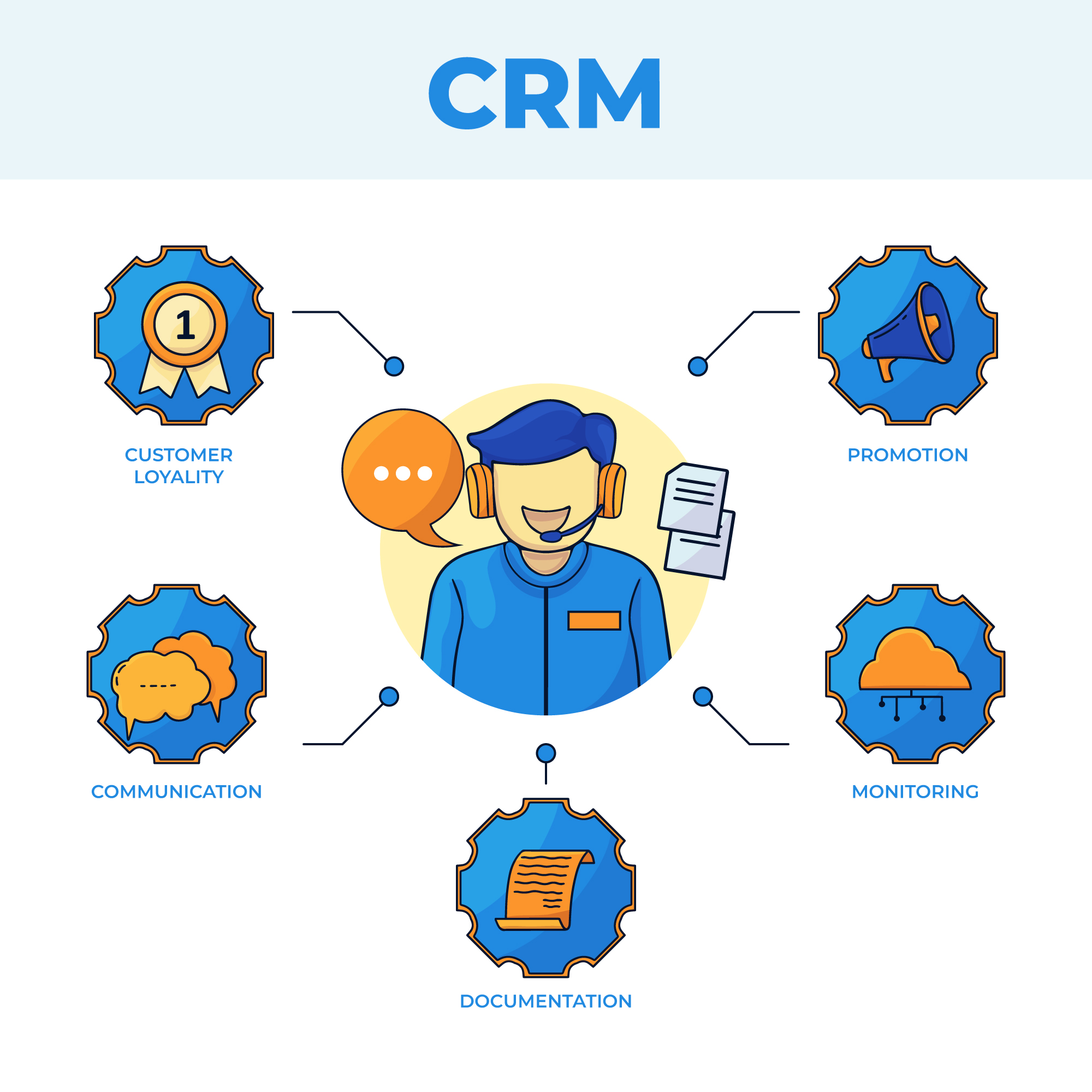In today’s fast-paced and highly competitive business landscape, understanding customers is more critical than ever. To gain a comprehensive understanding of customers, companies need to create a 360-degree view that encompasses all interactions and touchpoints. This is where Customer Relationship Management (CRM) integration strategies come into play. In this article, we will explore the importance of a 360-degree view of customers, the benefits of CRM integration, and practical strategies for successful implementation.

Understanding the 360-Degree View of Customers
A 360-degree view of customers refers to a holistic understanding of every customer’s journey and interactions with a company across various channels and touchpoints. Traditional CRM systems typically focus on managing customer data, but they may fall short in providing a complete view. A comprehensive 360-degree approach integrates data from various sources, such as marketing, sales, customer service, social media, and more. This integration allows businesses to analyze and interpret customer behavior, preferences, and needs more accurately.
The Importance of CRM Integration Strategies
1. Enhanced Customer Insights: CRM integration provides a consolidated view of customer data from multiple channels. It enables companies to analyze interactions, purchase history, preferences, and complaints comprehensively. These insights help in understanding customers on a deeper level and crafting personalized experiences.
2. Improved Customer Experience: A 360-degree view enables businesses to anticipate customer needs and deliver tailored experiences. Whether it’s personalizing marketing messages, resolving issues promptly, or suggesting relevant products, integrated CRM data helps create seamless and delightful customer experiences.
3. Efficient Marketing Campaigns: With CRM integration, marketing teams can leverage data-driven insights to design more targeted and effective campaigns. This means delivering the right message to the right audience at the right time, resulting in higher conversion rates and improved return on investment (ROI).
4. Streamlined Sales Process: Integrating CRM with other systems like sales automation tools streamlines the sales process. Sales reps have access to real-time data, enabling them to engage with prospects more effectively and close deals faster.
5. Proactive Customer Support: Integrated CRM data allows customer support teams to have a complete understanding of a customer’s history, preferences, and previous interactions. This enables them to provide proactive and personalized support, leading to higher customer satisfaction and loyalty.
CRM Integration Strategies for a 360-Degree View
1. Unify Data Sources: To create a comprehensive customer view, businesses must identify and consolidate data from all relevant sources. This includes CRM platforms, social media, website interactions, email marketing, and any other customer touchpoints. Integrating these sources helps build a single, coherent customer profile.
2. Invest in an Integrated CRM Platform: Choosing the right CRM platform is crucial for successful integration. Look for a solution that offers seamless integration capabilities with other business systems, such as marketing automation, e-commerce, and customer support tools.
3. Implement API Integrations: Application Programming Interfaces (APIs) play a significant role in connecting different software systems. By implementing API integrations, businesses can ensure smooth data flow between CRM and other platforms, minimizing data silos and maximizing data accuracy.
4. Prioritize Data Security and Privacy: While integrating customer data, it’s essential to prioritize data security and privacy. Implement robust security measures to protect sensitive customer information, complying with relevant data protection regulations.
5. Train Employees: Educate and train employees about the benefits and usage of the integrated CRM system. Proper training ensures that employees utilize the system effectively, making the most out of the 360-degree customer view.
6. Monitor and Analyze Customer Data: Continuous monitoring and analysis of customer data are essential for refining CRM integration strategies. Analyze customer behavior, feedback, and patterns regularly to identify opportunities for improvement.
Conclusion
In conclusion, creating a 360-degree view of customers through CRM integration strategies is paramount in today’s customer-centric business landscape. Understanding customers at a deeper level empowers businesses to deliver personalized experiences, enhance customer satisfaction, and drive loyalty. The benefits of a 360-degree approach are far-reaching, impacting marketing campaigns, sales processes, and customer support.
By unifying data sources, investing in the right CRM platform, and implementing API integrations, businesses can successfully achieve CRM integration. Remember to prioritize data security and provide training to employees to ensure seamless adoption and utilization of the integrated CRM system.
Incorporating these CRM integration strategies will pave the way for businesses to forge stronger and more profitable customer relationships, driving success in an ever-evolving marketplace.
Related Articles;
1. 4 Benefits of a 360-Degree Customer View – Method:CRM
2. How to Use Your CRM Database for a 360-Degree …
3. What is 360-degree customer view ? | Definition from …



